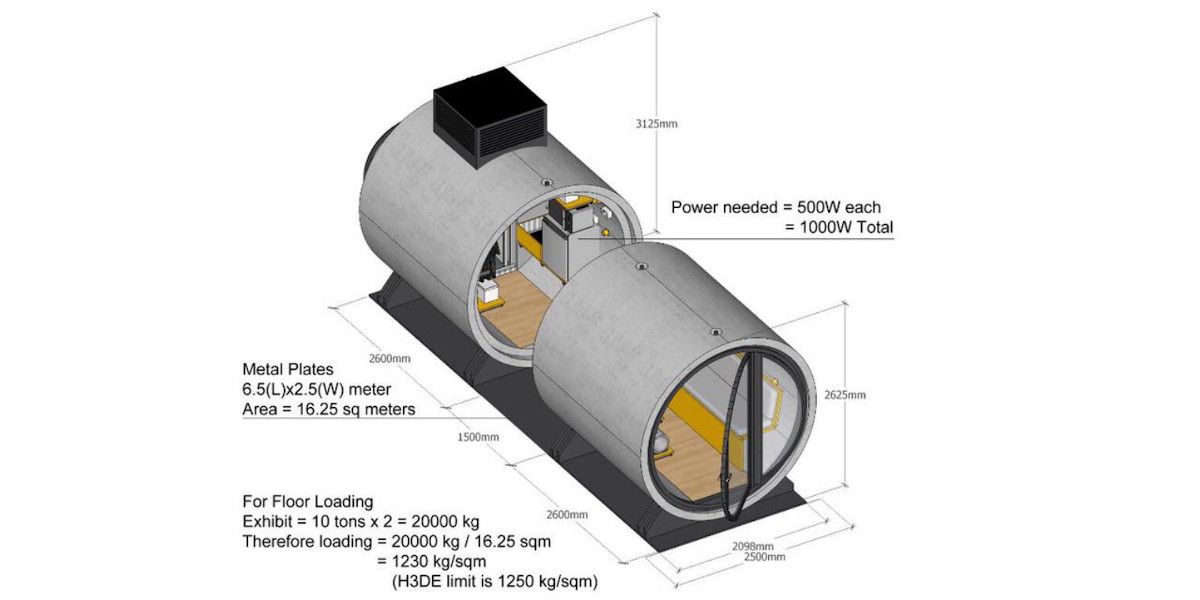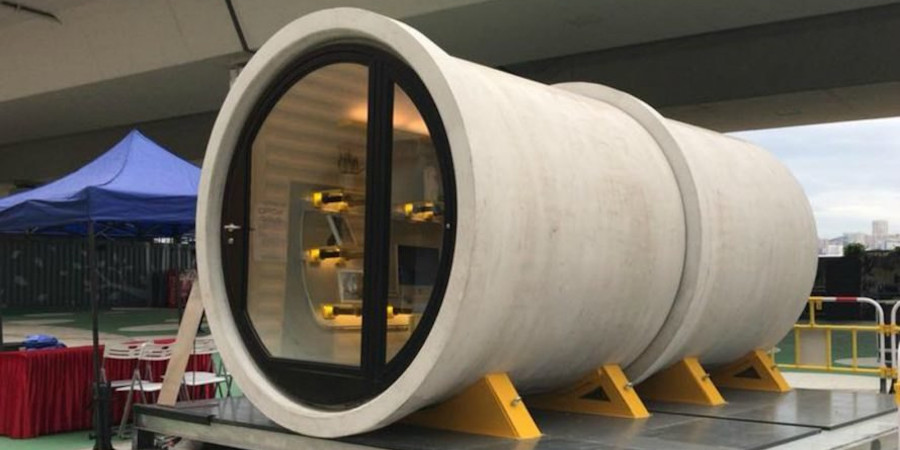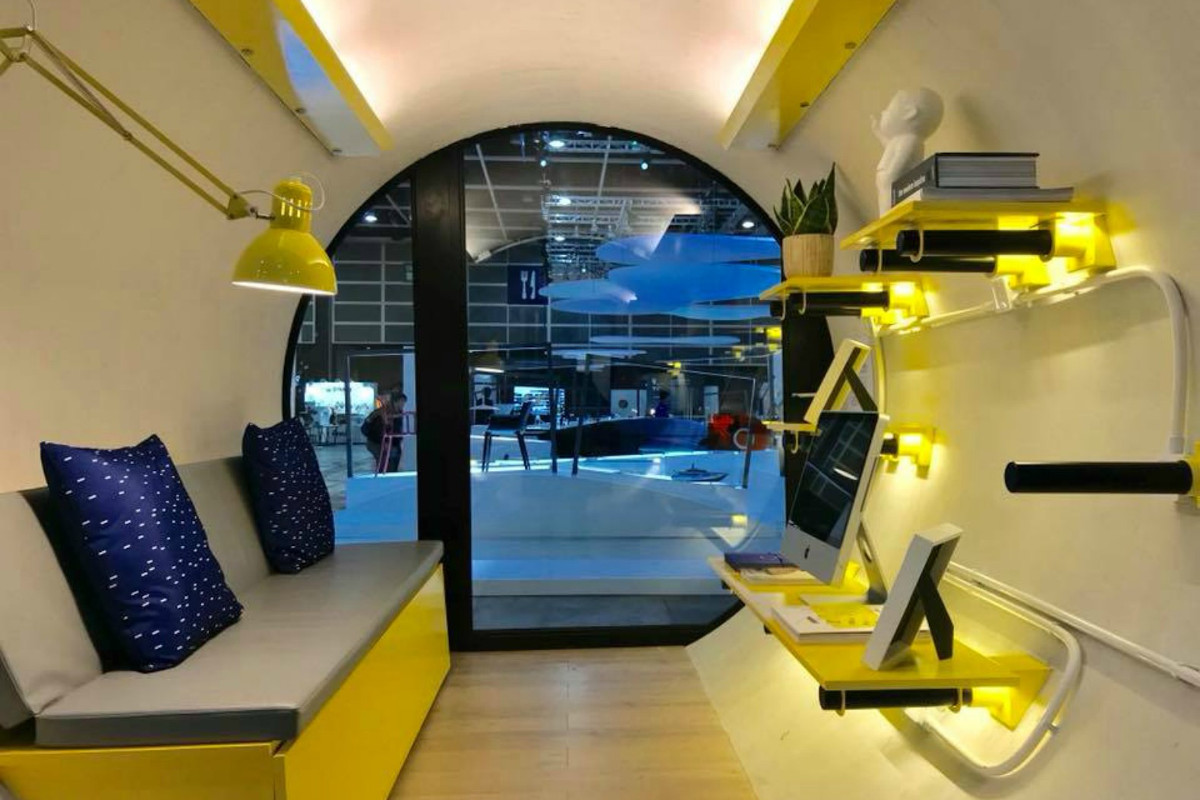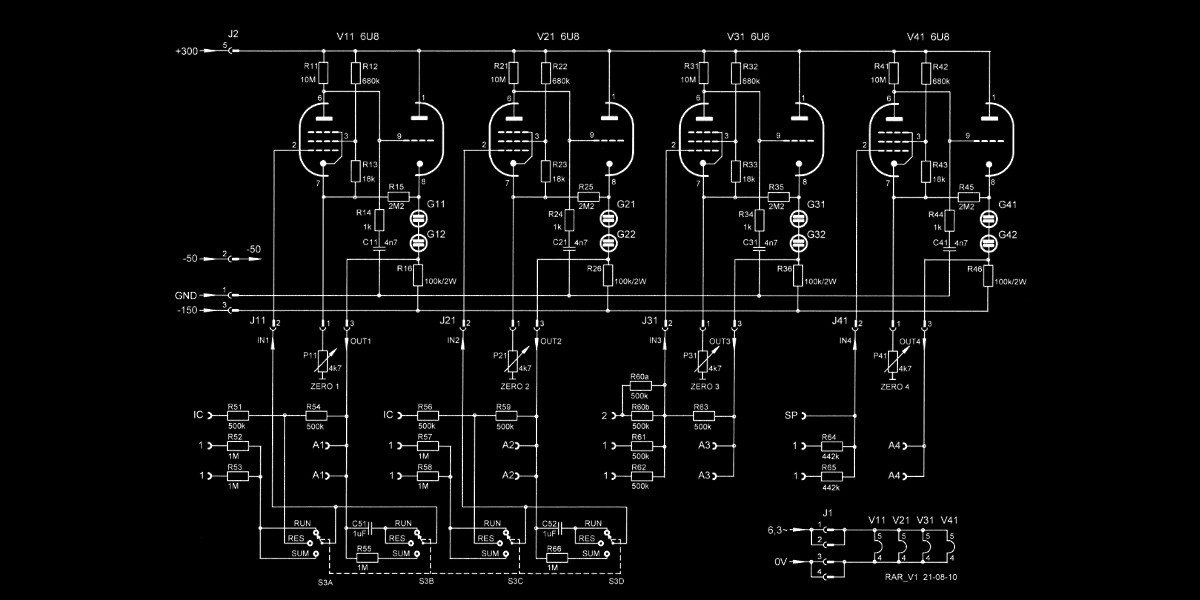Sewer Pipe Living Isn't Just for Ninja Turtles Anymore
James Law's Intriguing "Opod" Homes

Cross a Hobbit's hole with the subterranean home of the Teenage Mutant Ninja Turtles, and you might come up with something vaguely resembling the Opod designed by Hong Kong architect James Law.
An accomplished and successful architect, Law was inspired to pursue architecture as a child after watching the 1949 film version of Ayn Rand's Fountainhead. His work runs the gamut from enormous luxury buildings throughout Asia and the Middle East to conceptual projects designed to bring accessible, dignified homes to the world's housing-insecure masses.
In this latter category, Law has focused on repurposing 3.1 meter concrete pipes (i.e. sewer pipes) as modular units for micro-housing.



Much like architects who have explored the possibility of stacking homes made out of shipping containers, Law envisions small communities of Opods being assembled in spaces that would be unsuitable for conventional structures.

Although the Opods have not yet made it past the prototype stage, they provide an intriguing concept for owner-builders who are considering alternatives to the conventional, "stick-built" tiny house. Since Law's prototypes do not include a kitchen or any insulation, the idea of using concrete pipes might actually be better-suited to hobbit-style earth-sheltered design. The pipes are designed to be buried, and a mass of earth would provide insulation against both temperature extremes and noise. Law's design calls for only two pipe segments, but more could easily be added for additional space. Concrete junctions could be used to create central areas from which separate rooms could branch, all at significantly lower cost than new construction.
Opod-style living would not be for the claustrophobic, but if you own a little bit of land and don't mind small spaces, the concept of using concrete pipes as construction modules might be worth a serious look.

